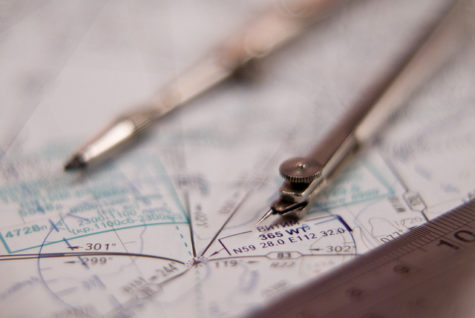
I’ve always had mixed feelings about tracking animals with satellite tags. It’s so cool that we can now see where creatures go, sometimes moment-by-moment, but I wonder about losing a bit of the mystery that surrounds some of their lives. (In the animal uprising, privacy issues may be high on their long list of injustices.)
In the meantime, I tried to catch some of the appeal of tracking by following a shark of my own. I do like sharks—they’re beautiful, powerful, and mysterious in a way that I don’t think a tag can discover or tarnish. I also have them on the brain, because I head into their territory often on a board or boat (although not as often as I would like.) They’re always a flicker in the back of my mind, and when the sky and water gets darker and the flicker threatens to ignite, that’s when I windmill my arms to head back to shore.
I chose Pablo, a juvenile mako shark named after Chilean poet Pablo Neruda. The shark was tagged in spring 2014 near Valparaiso, Chile by researchers from OCEARCH, an organization that tags and tracks sharks. I could see on a map each time he surfaced off South America, pinging a satellite that zips information to me. I could check in on him while I was sitting on the coach, in the grocery store, doing dishes.
Pablo spent most of that first year swimming up and down the coast of Chile. Then last June, he turned west, then north. At the end of September 2015, he was nearly 3,000 kilometers off the coast of Peru.
Around the same time, in another ocean, the cargo ship El Faro disappeared from the map in the midst of Hurricane Joaquin. And then my true colors were revealed: I wanted more satellites, more unblinking eyes, more data. As if any of this could ever provide more safety.
The whereabouts of the ship became a small obsession: several times a day, I monitored the news for any glimmer from the boat named after a lighthouse. As I did this, I also looked for Pablo. On the map, he seemed to reappear every night around the time we were just contemplating what to have for dinner. Maybe he was doing the same. I imagined his fin breaking through the water just after the sun sank below the horizon, somewhere in the middle of the sea. My phone in my hand, the transmitter on his back—I could see everything, and yet instead of knowing too much, I felt so ignorant. I knew only how far away he was, but I’d never know what it was that made him break the surface just then.
 Over the weeks, a body in a survival suit, an empty lifeboat and other tokens of disaster appeared. Then a U.S. Navy submersible confirmed a wreck found near the Bahamas, nearly five kilometers underwater, was the missing ship.
Over the weeks, a body in a survival suit, an empty lifeboat and other tokens of disaster appeared. Then a U.S. Navy submersible confirmed a wreck found near the Bahamas, nearly five kilometers underwater, was the missing ship.
Since then, Pablo the mako shark has vanished, too. Over the Southern Hemisphere summer, he had returned to the Chilean coast, farther south than he’d been before. His transmitter hasn’t recorded him coming to the surface since February, one evening just past sunset.
All sorts of things can happen to transmitters, to sharks, and to ships. After multiple attempts to find and recover the voyage data recorder of the El Faro, the National Transportation Safety Board retrieved it from the wreck this August, 10 months after the sinking. Now, we might learn more about this voyage’s end, and be able to track the ship in the space between where it disappeared and where it now lies.
Maybe my shark’s namesake had the best explanation for why we want to follow animals’ journeys, and our own. “All paths lead to the same goal,” Neruda wrote, “to convey to others what we are.”
His aquatic counterpart still journeys on, in a different kind of poetry. Pablo the mako shark’s Twitter account is still active. Just this weekend, some part of him remained, enthusiastically celebrating a Chilean national holiday.
**
Images by Flickr users Grant and dewframe * alt-en-anela